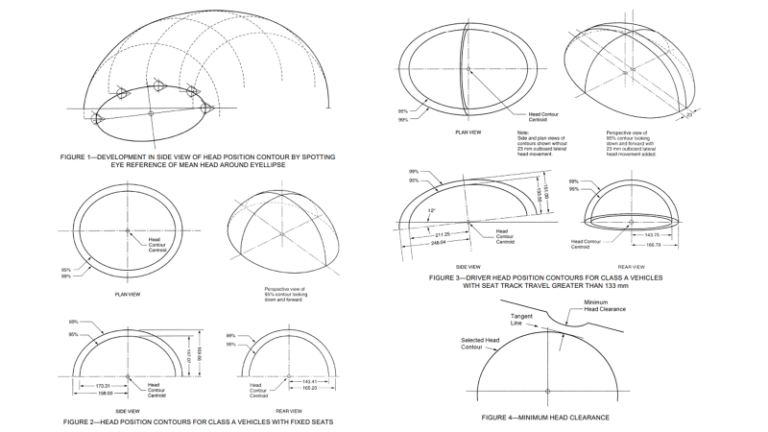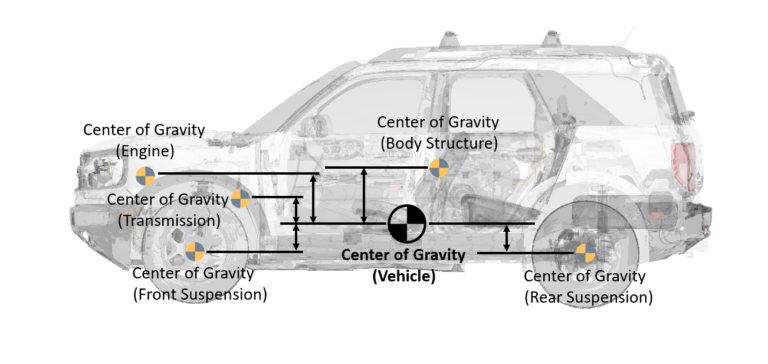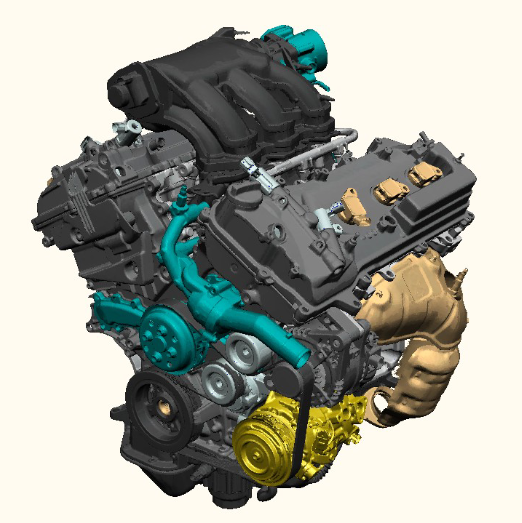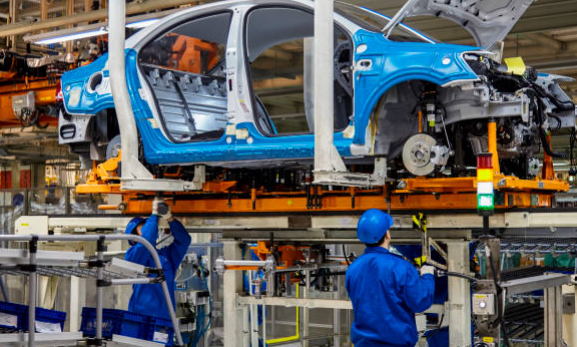SAE J1100 – Motor Vehicle Dimensions
The following is a summary of SAE J1100. Scope This SAE Recommended Practice defines standardized measurements and procedures for vehicle dimensions, focusing primarily on design intent within a CAD environment, although some measurements can also be taken on physical vehicles. Variations may occur between design and actual measurements, and care should be taken not to…










